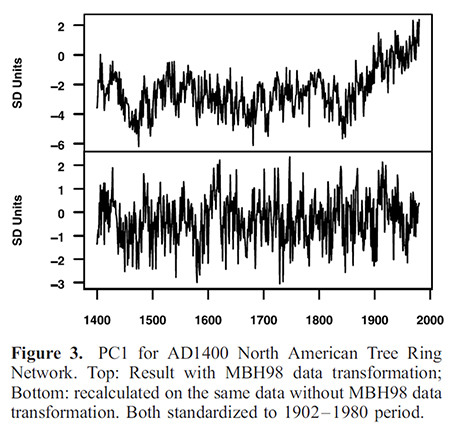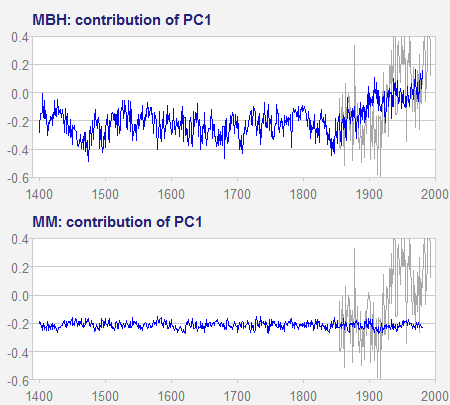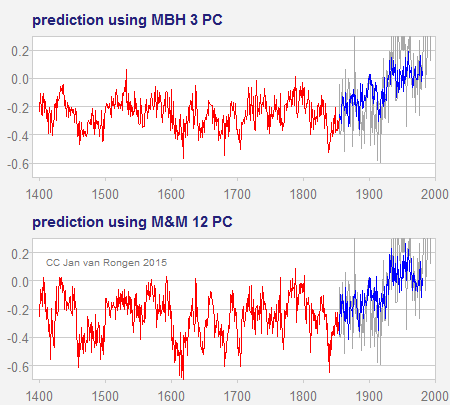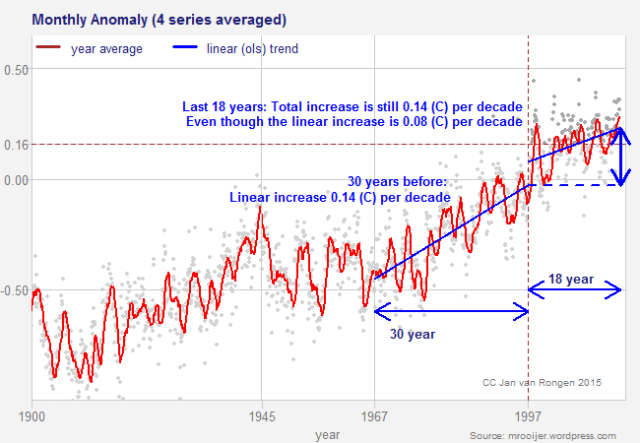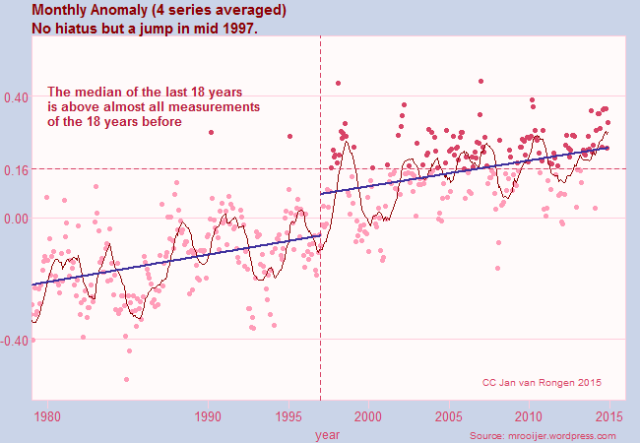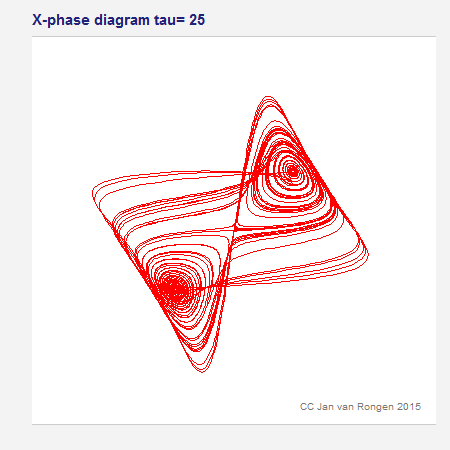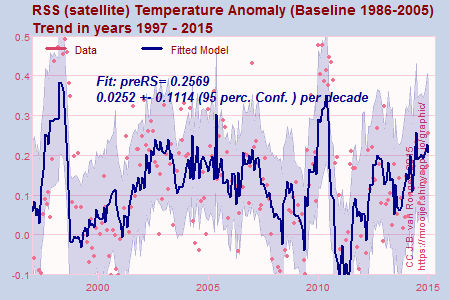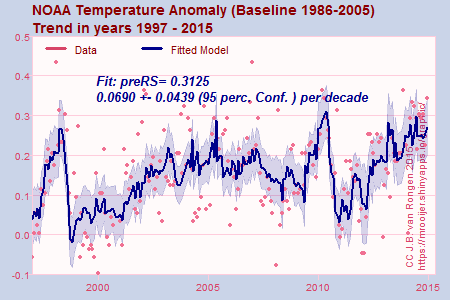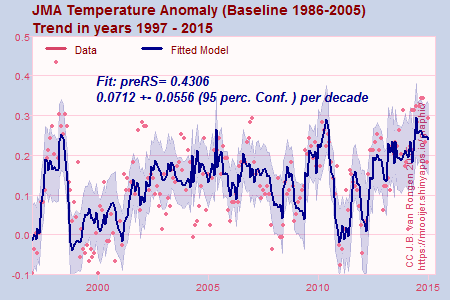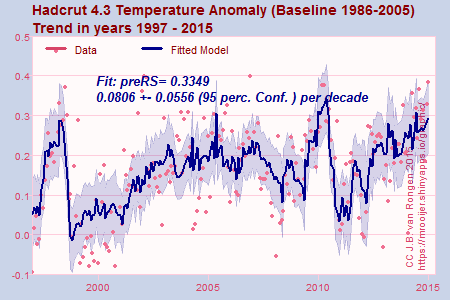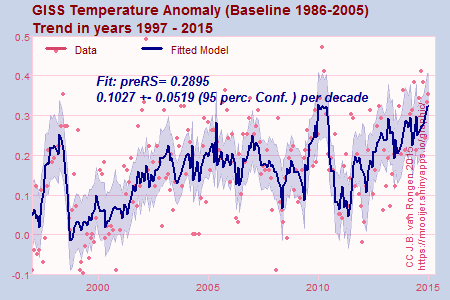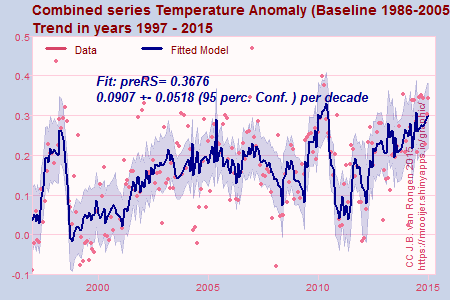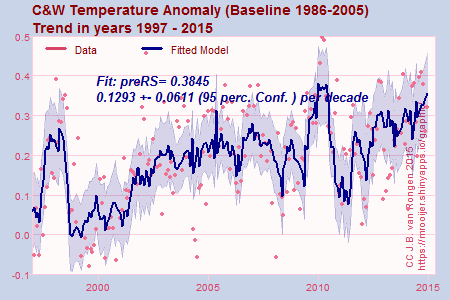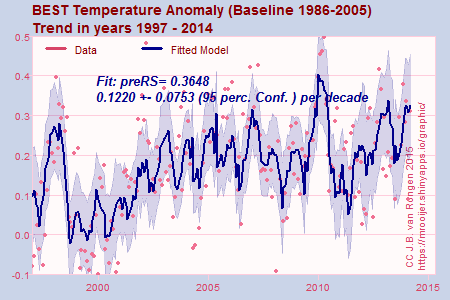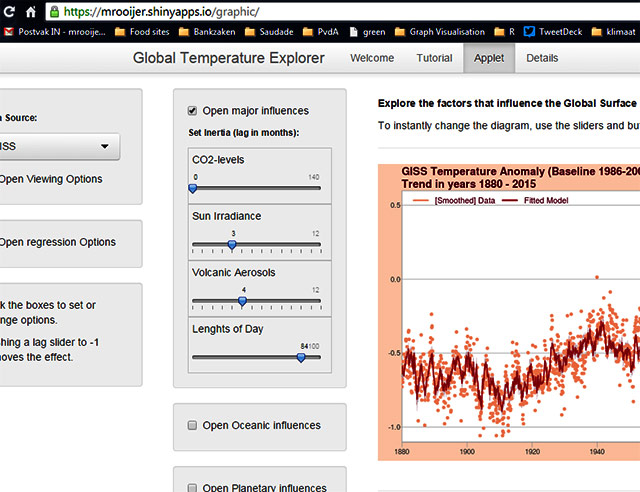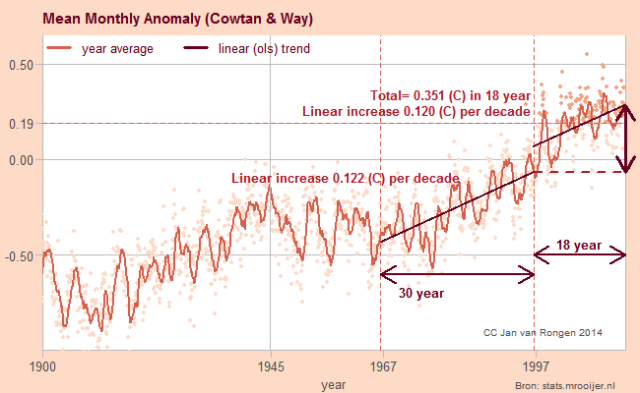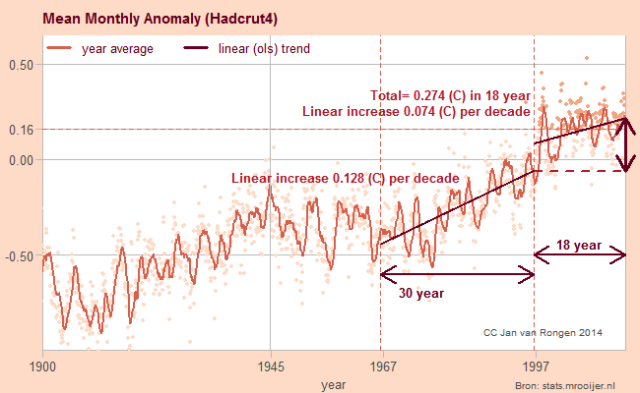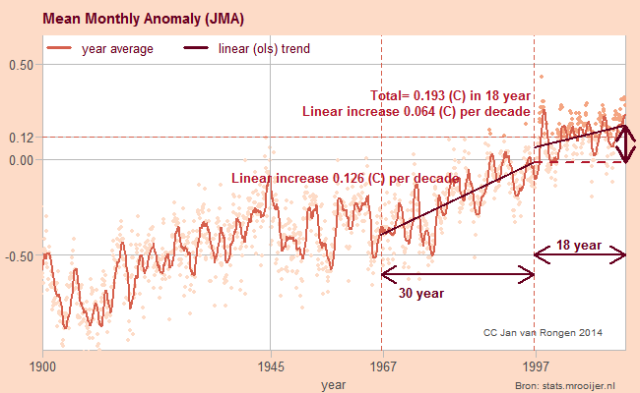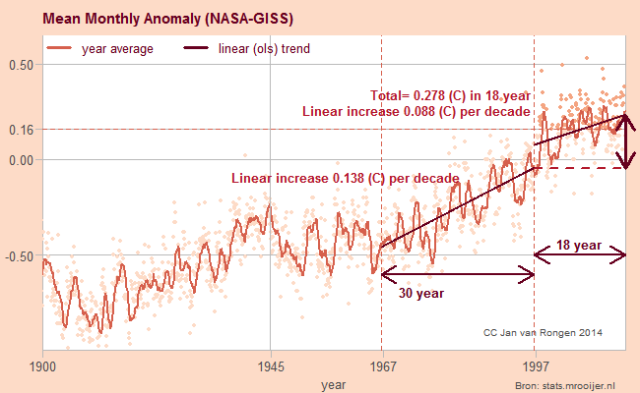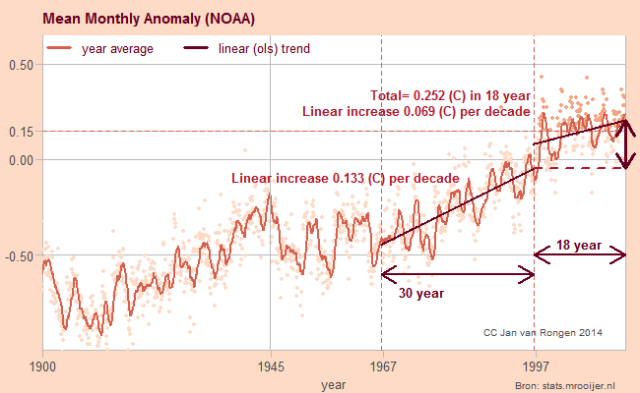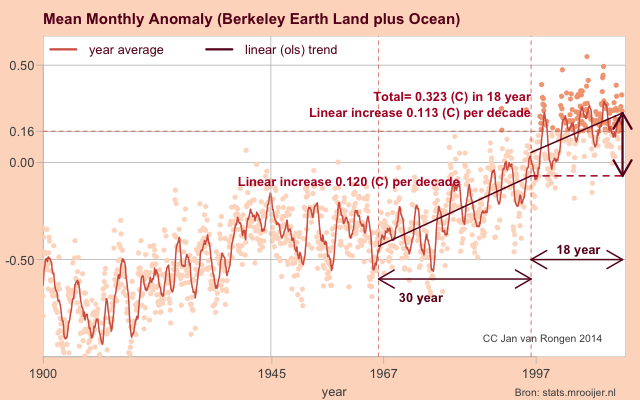In the meantime the new desktop system has arrived and I installed Tensorflow and Keras for its 1080 Ti. It took me almost a day, because of the slightly different authorization settings it sometimes refused to do things or lost the PATH settings… Actually the biggest problem was that the CUDA tool set version 8 had vanished from the NVIDIA site and that the Tensforflow version does not yet work with version 9. Forunately I kept a copy of the installation files on the laptop…
Finally I had to install Keras from the githug version, the CRAN version did not work for me.
Although it looks even more formidable, setting up lightGBM with GPU support is actually easier. Okay, this is for the R package and windows 10. I assume you have already installed the support for the graphical processor,.
I followed the instructions here: http://lightgbm.readthedocs.io/en/latest/Installation-Guide.html but some things need clarification.
Download Visual Studio 2017. Select the free community edition and the first 3 options. Install. Well, thta,s not enough, you need more. Go to the control panel for apps, and change the visual studio installer. On the right hand site it gives you a new list of options. Do download them all – I do not know which ones are essential but this worked for me.
Next download the appropraite boost libabry and install it. Find CMake and install it. If you do not have GIT install that too. Nowyou are ready to go. Select a directory in which you want to install the lightGBM github sources and run in that directory the commands that are mentioned in step 4 of the above link.
Then start-up Rstudio (or R), set as working directory the R-package directory of the above lightgbm directory and run devtools::install().
This will install lightGBM as a standard R package but without GPU support. For the GPU support just replavce the lightgbm dll in the R package libs directory with the (larger) version in the lightgbm/release directory.
Now to use it within R you have to add device = “gpu” to the parameters.

